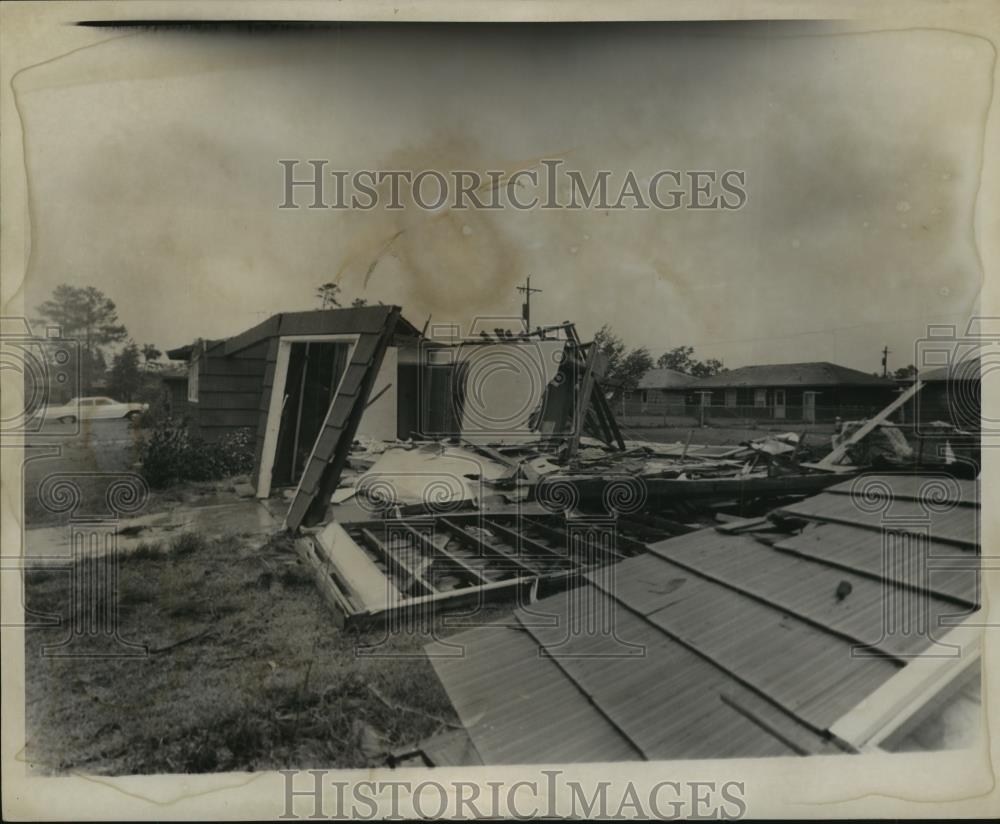

Another possiblity is that it was measured incorrectly and standards back then were different then are today. Either it was a really small hurricane because it hit the Gulf Coast as a tropical storm, which would be rapid weakening. There is also Hurricane Ethel of 1960, which is said to be a Category 5, but the pressure was 981 millibars. My estimate is around 900 millibars or even less. That does not sound right because Carla was a large hurricane. One thing to note is Carla having 175 mph winds and 936 millibars. Many hurricane data I've seen I do tend to question too, especially before 1970s. I'm not very sure of the reliability of these data, however.Ĭool. It's the data stored in the SLOSH model (.REX files). I was able to get SOME data for pre-1988 hurricanes. We defined the NW Gulf as being north of 25N and west of 88W. So, many of these hurricanes had more extensive wind fields right of the track, greater distances than indicated on the graphic.įinally, the graphic represents the maximum size of the hurricane-force wind field IN the NW Gulf but not necessarily at landfall. That gave us a way to compare the damage potential of these hurricanes in terms of areal coverage of hurricane-force winds. By that, I mean that we took the hurricane-force radius for each quadrant and calculated the circle diameter needed to give that radius. What you see on the graphic is what we called and "effective radius" of 65kt winds. We found an advisory dataset that goes back to 1988 somewhere. I wonder where you got those data? At the NHC site, they have advisories which include windfield, but it only goes back to 1998. Ptarmigan wrote:Wxman57, interesting data about hurricane windfield size. Houston Chronicles-The lessons of Carla may be forgotten Carla is also the largest hurricane to hit Texas. Hurricane Carla is one of the most intense hurricane to make landfall on America. Once Carla makes landfall, it weakens into a tropical storm andends up in the Midwest as a prolific rainmaker. However, only 31 people died in Texas because many people had evacuated from the coast. 15 tp 20 foot storm surge plagues the Texas coast and rainfall as high as 19 inches is recorded in the Houston area. All of the Texas coast is affected by Carla. On September 11th, Carla makes landfall on Port O'Connor as a Category 4 hurricane with 145 mph winds and central pressure of 931 millibars. However, a high pressure system push its further south. Hurricane Carla heads towards the Texas Coast and it appears to make landfall on Galveston. Also, Carla is one of the largest Atlantic hurricanes on record with hurricane force winds extending at least 150 miles from the eye.

Carla's peak wind was 175 mph and central pressure of 936 millibars or less. Once, it is over the Gulf, it rapidly intensify into a monsterous Category 5 hurricane. It moves between the Yuacatan Peninsula and Cuba and enters the Gulf of Mexico as a Category 2 hurricane with 105 mph winds. Then it begins to strengthen into Tropical Storm Carla and becomes a hurricane. Conditions are favorable and becomes a tropical depression on September 3rd. What matters is this tropical wave moves to the Caribbean. Perhaps, it was a large cluster of thunderstorms. A tropical wave moves off the coast of Africa in late August of 1961.


 0 kommentar(er)
0 kommentar(er)
